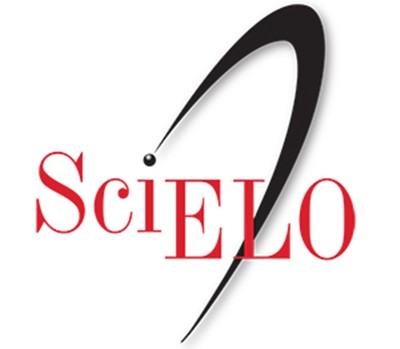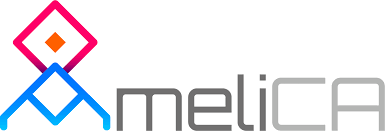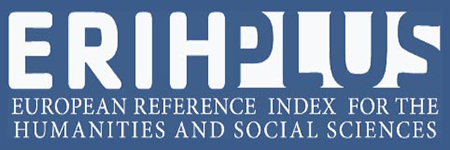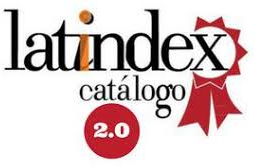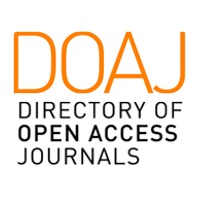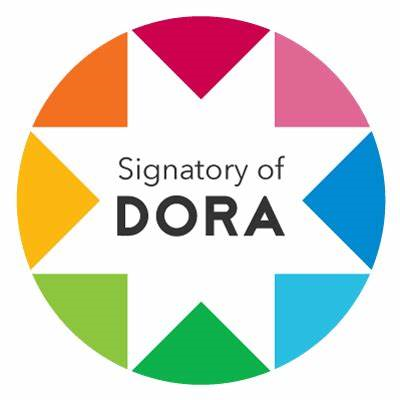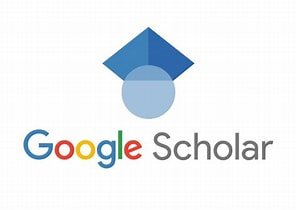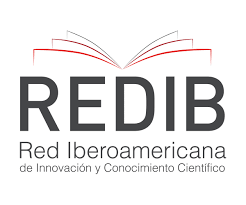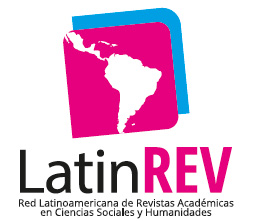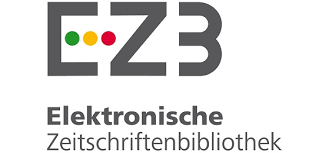Submissions
Submission Preparation Checklist
All submissions must meet the following requirements.
- The submission has not been previously published, nor is it before another journal for consideration (or an explanation has been provided in Comments to the Editor).
- The submission file is in OpenOffice, Microsoft Word, or RTF document file format.
- Where available, URLs for the references have been provided.
- The text is single-spaced; uses a 12-point font; employs italics, rather than underlining (except with URL addresses); and all illustrations, figures, and tables are placed within the text at the appropriate points, rather than at the end.
- The text adheres to the stylistic and bibliographic requirements outlined in the Author Guidelines.
Articles
Default section policy
Copyright Notice
Open access policy on copyrights, permissions and publication rights
As of 2024, the authors retain the copyright and grant the journal the right to the first publication of the work simultaneously under the Creative Commons Attribution-NonCommercial ShareAlike 4.0 International License that allows the work to be shared with the acknowledgement of its initial publication in Intersecciones en Comunicación. Previously, from Vol. 1 No. 1 (2000) to Vol. 2 No. 17 (2023), the rights belonged to the journal. In addition, it adheres to the DORA declaration (Declaration on Research Assessment), and its proposal to improve the form of scientific evaluation. The journal has policies for the preservation of digital documents through the Open Access Digital Institutional Repository RIDAA (Repositorio Institucional Digital de Acceso Abierto) of the National University of the Centre of the Province of Buenos Aires, Argentina.
This work is under a Creative Commons Attribution-NonCommercial-ShareAlike 4.0 International licence.
Privacy Statement
The names and email addresses entered in this journal site will be used exclusively for the stated purposes of this journal and will not be made available for any other purpose or to any other party.

